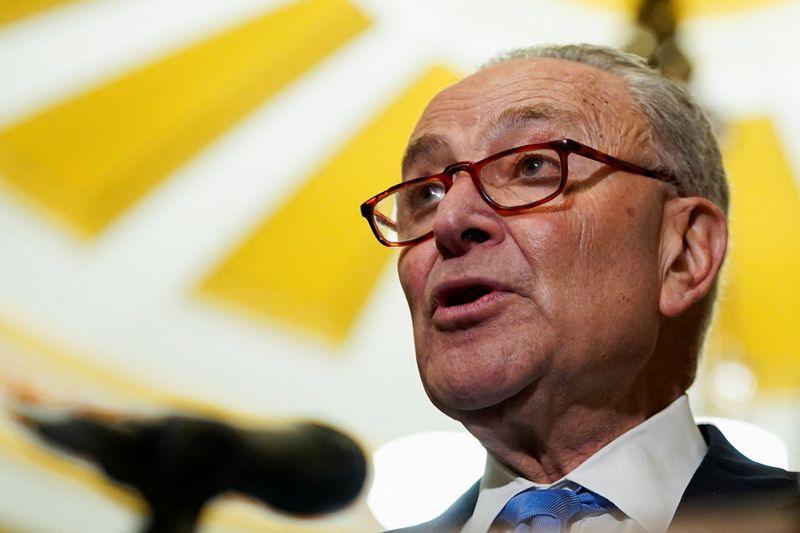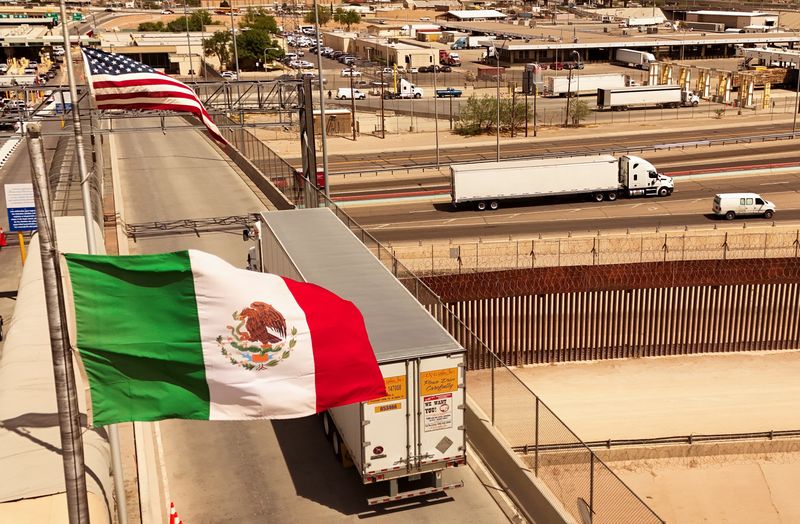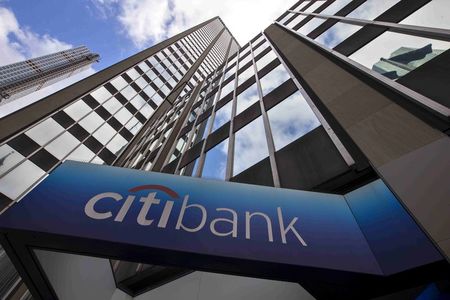What is an Initial Public Offering (IPO)?
An initial public offering (IPO) is a process that companies use to offer their shares to the public. These companies are private entities that want to go public with new stock issuance. Issuing shares to the public allows companies to raise funds from public investors. Therefore, it gives them access to a high number of investors, allowing them access to theoretically unlimited funds.
Most companies that go through an initial public offering experience significant change. It allows them to transition from a private to public status. It is also a crucial period for private investors to realize gains from their investments. It is because IPOs include share premiums for current private investors. Similarly, it lets public investors participate in a company’s offerings.
What is the Initial Public Offering process?
An initial public offering signifies the first time a company goes public. Before the process, it is private. Most private companies have a limited scope for growth and funds. It is because they have a relatively small number of investors, which mostly consist of its founders. By going public, companies can tap into a theoretically unlimited amount of funds by allowing the public to contribute to their finances.
When a private company reaches a growth stage, it may decide to go through an IPO. However, IPOs usually come with strict rules and regulations from the SEC. Therefore, companies must ensure that they can go through the process before deciding to go public. Once the company finalizes its decision, it will advertise its interest in going public to grab public attention.
The next step for companies is to select an investment bank. It is a company or bank that advises the company on its IPO and provides underwriting services. Companies may look at various criteria when selecting an investment bank, including its reputation, quality of research, industry expertise, etc. With underwriting services, the investment bank acts as a broker between the company and the public.
The next step in the IPO process is to carry out due diligence and make regulatory filings. These are all steps that the investment bank carries out. Through due diligence, underwriters can decide the share price of a company’s initial issues. Similarly, regulatory findings are crucial and required as a part of the SEC’s regulations.
The next step in the IPO process is the pricing of shares. There are several factors that companies and underwriters may consider before pricing shares. The due diligence process also helps in this process. Once the underwriter and company decide on the share price, they bring the issue to the market. The underwriter provides analyst recommendations, after-market stabilization and creates a market for the issued stock.
The final stage in the IPO process is the transition to market competition. It starts after 25 days of the IPO when the quiet period mandated by the SEC ends. During this period, investors transition from relying on the mandated disclosures and prospectus to relying on the market forces for information regarding their shares.
Example
Facebook went public in May 2012 through an Initial Public Offering. The company managed to raise funds over $16 billion through the IPO. It ranks among the world’s largest IPOs to date. Saudi Aramco still has the record for the world’s largest IPO. The company went public in December 2019 and raised over $29 billion.
Conclusion
An initial public offering is a process that private companies use to offer their newly issued shares to the public. It allows them to generate more finance than if they use their limited number of existing shareholders. The initial public offering process has several steps, as mentioned above.
Further questions
What's your question? Ask it in the discussion forum
Have an answer to the questions below? Post it here or in the forum




